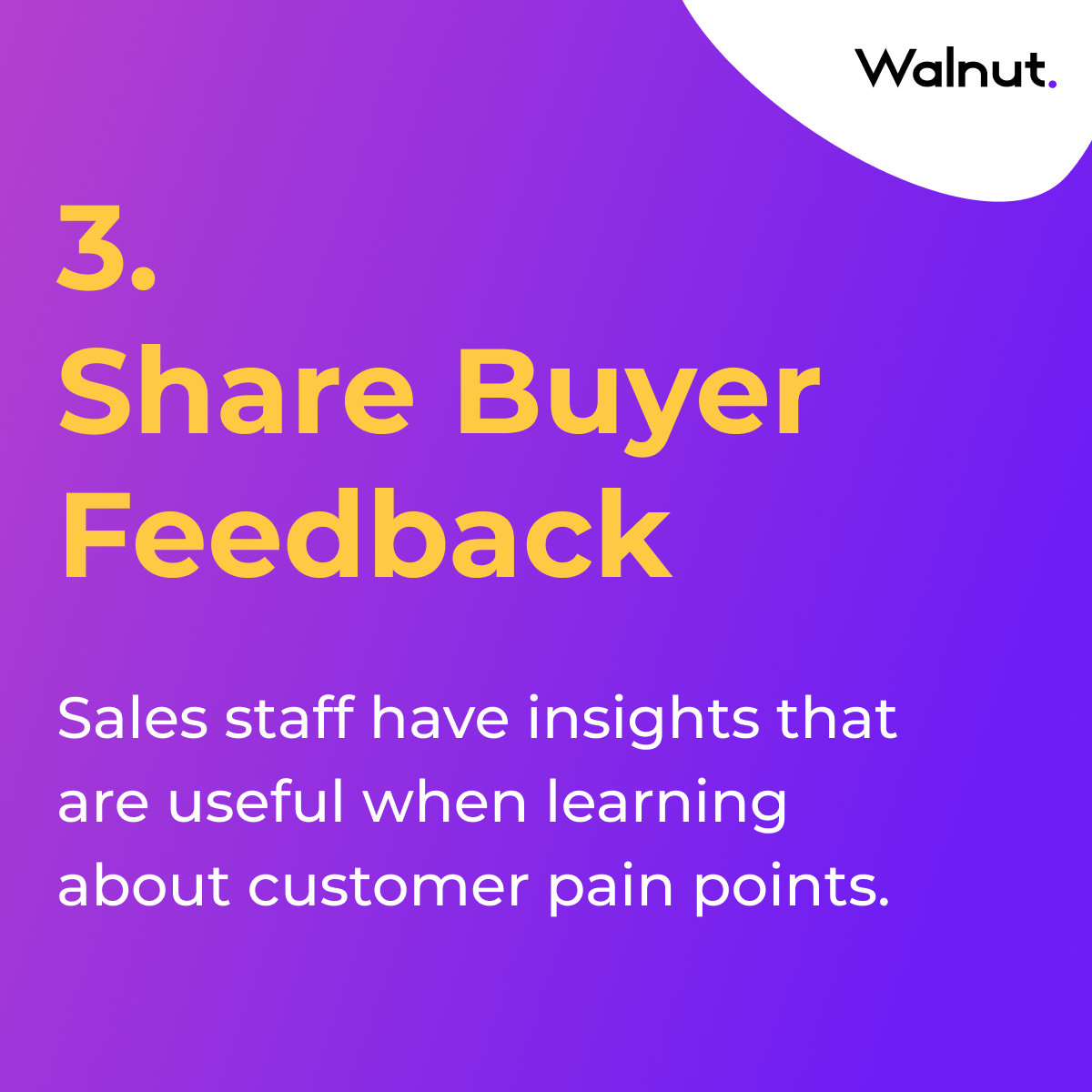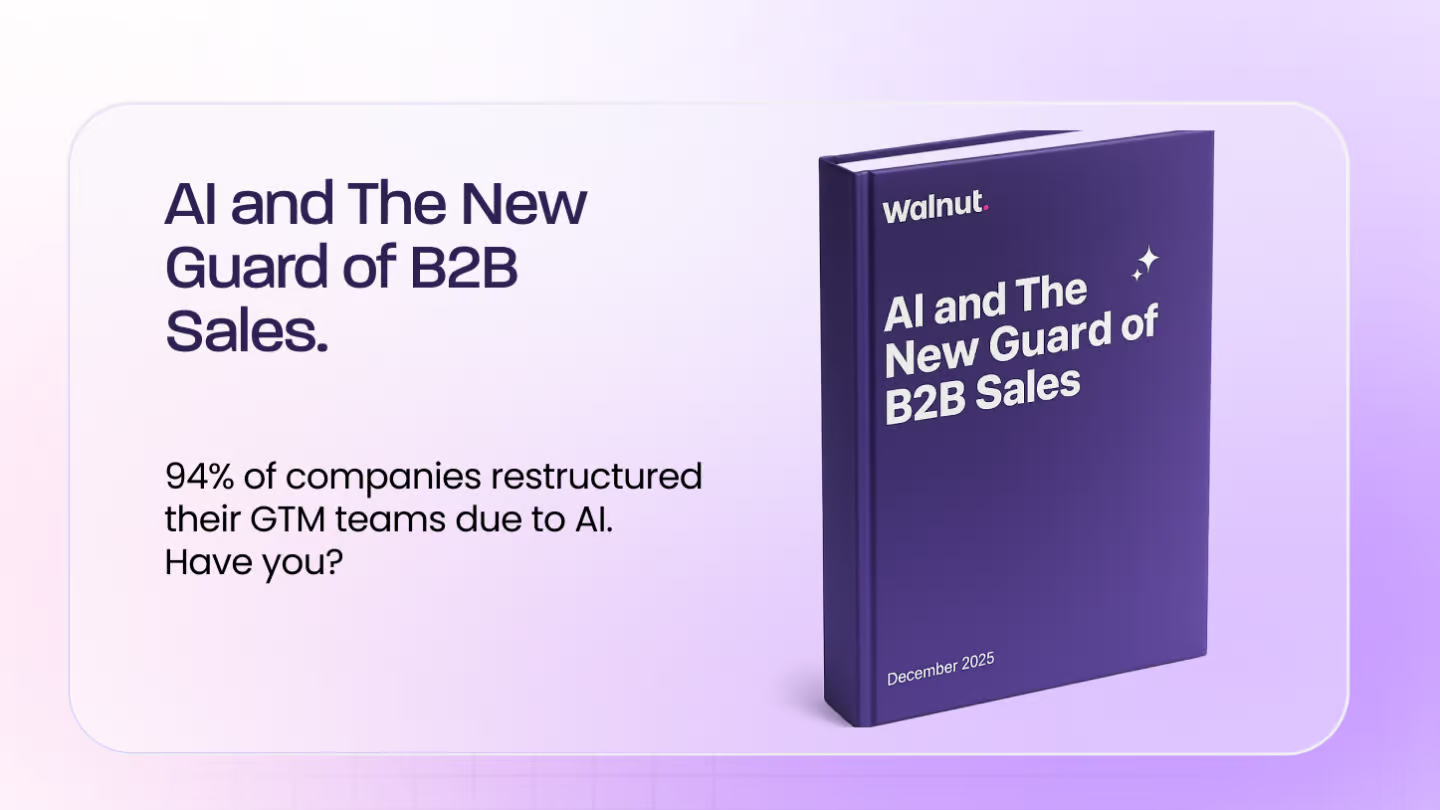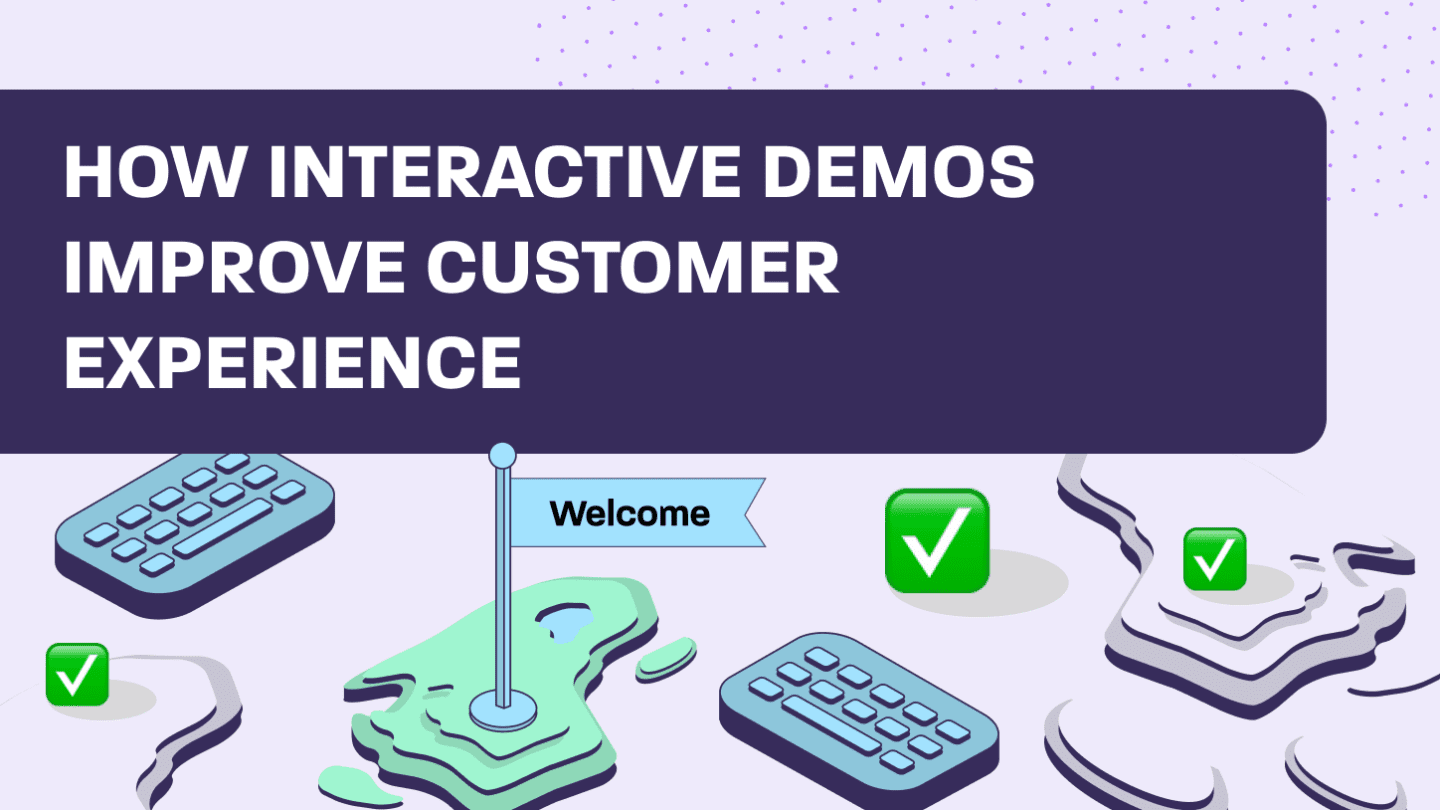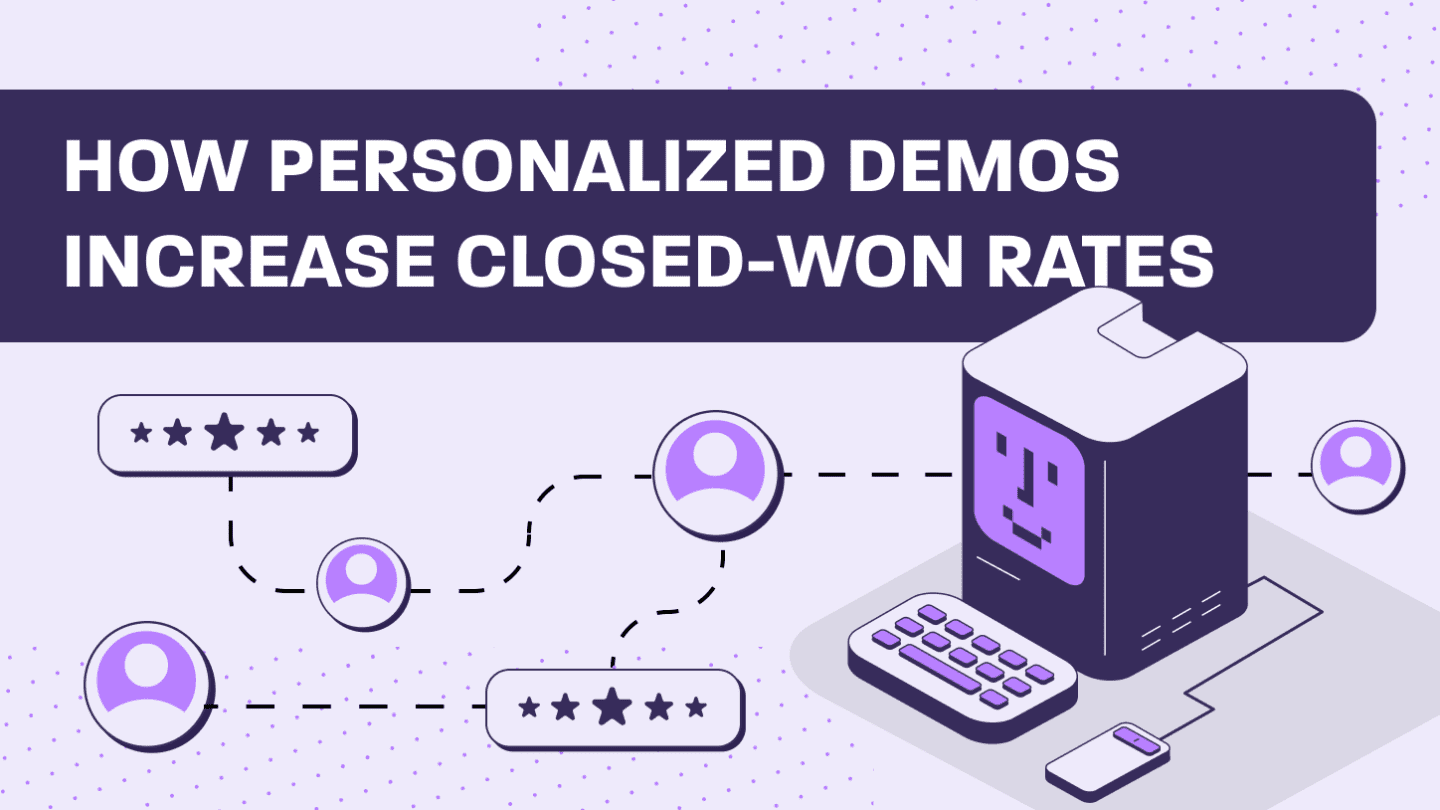Updated on February 21, 2023.
What attracts customers to your B2B business? Pain, of course!
After all, no pain no gain.
But the main reason why a customer is coming to your service is because you are offering a way to alleviate specific pain points or problems that they’re currently experiencing.
Pain points vary from customer to customer in nature and impact. While your product or service probably solves many of them, it’s important to identify which ones matter the most to your prospects before delivering your pitch.
So, join us as we look at what pain points are, why they matter, and how you should approach them.
What are customer pain points? And why do they matter?
Customer pain points refer to any issues that negatively impact your customer.
In B2B SaaS sales, this refers to the pains that arise in their work, which could include outdated and time-consuming processes that reduce productivity, lack of support in the business journey, or overpaying for a solution that might be cheaper elsewhere but with the same functionality.
Once you’ve identified your customer’s pain points, you can customize your pitches, sales demos, and tailor marketing campaigns to show your product is the best way to address these challenges.
The most common B2B pain points
Pain points are generally quite universal.
And we can break pain points down into five common categories: financial, productivity, people, process, and support.
Once you’ve identified the category your B2B customers’ pain points fall into, you can create sales materials that illustrate how your product can solve them.
Financial pain points
At the end of the day, every business needs to make a profit to survive.
And anything that impacts the profitability or return on investment (ROI) of the business is what we refer to as a financial pain point.
They become an issue during budget cuts or negative shifts in the market. Other times, advances in technology arrive that can save businesses money.
When dealing with financial pain points, your main goal is to prove that your solution can deliver the right value at the right price.
Examples of financial pain points:
1. Expensive subscription plans
2. High cost of repeat purchases
3. Costly fees for each additional team member
Productivity pain points
Time is of the essence in any business.
Business owners want their staff to make the most effective use of their time, and any activity or process that distracts them or takes too long should be eliminated.
To solve these pain points, you need to explain how your solution can make things simpler and save time for your customers.
Examples of productivity pain points:
1. Inefficient operating systems
2. Too much downtime
3. Too much time wasted on manual inputs that could be automated
4. Too much paperwork
People pain points
Talent acquisition is a massive challenge for most businesses, as are the issues of productivity management and staff retention. Clients with these kinds of pain points struggle to get the most out of their staff.
Your solution has to help them address issues with culture, turnover, or training problems.
Examples of people pain points:
1. Difficulty with staff retention
2. Lack of motivation or low morale among staff
3. Difficulty attracting or recruiting talent
4. Lack of training
5. Lack of communication
Process pain points
Process pain points refer to any issues that are related to the way businesses interact with their customers.
Poor processes can negatively impact a business. That’s because without the proper communication, after-sales care, or information and transparency, your business is more likely to lose leads and deter customers.
Here are a few examples of these kinds of pain points:
Examples of process pain points
1. Difficulty connecting customers to the right department
2. Slow delivering times
3. Cumbersome application process
4. Miscommunication
Support customer pain points
Customers may have customer support or customer onboarding problems that lead to their customers receiving a less-than-stellar initial experience with a business.
Examples of support pain points
1. Lack of onboarding support
2. Insufficient training
3. Poor customer service
4. Lack of data
5. Struggling to boost customer adoption
Simple-yet-effective ways to identify your prospect’s pain points
Unless your customers tell you directly what they are trying to solve, you’ll have to do a little digging to find out what their issues are.
Sometimes, they themselves won’t know that they are experiencing pain because they don’t know that there could be a better way.
In this case, you may need to educate your buyers about the need for your product.
So, here are 4 ways to help you nail down exactly what your prospect’s pain points are:
4 methods to determine what prospects’ B2B pain points are
1. Do qualitative customer research—Run a workshop or conduct surveys with your customers or with members of the industry you are aiming to serve to discuss problems they are having in their current workflow.

2. Open conversations with customers—When you’re on your discovery call, don’t go straight into a sales pitch. Speak to your customers and ask lots of open-ended questions to pinpoint their pain points.

3. Share customer feedback throughout your sales team—Sales staff are on the front lines and hear the voice of the customer daily. These insights into how your product can help solve their individual issues are extremely useful when it comes to learning your customers’ pain points.

4. Read negative reviews, follow social media pages, and research forums—There are likely countless pages that are dedicated to your industry. Scour these to reveal many of the pain points that customers have with their existing products and solutions.

How to prioritize pain points based on severity and impact
In many cases, your prospect will have more than one challenge they want to address.
Once you’ve determined your prospect’s pain points, you’ll need to prioritize them based on their severity and impact on their business.
So, you’ll first need to determine if each pain point is a problem for only one person or multiple people in the organization.
It’s also important to gauge the sense of urgency and whether the prospect needs to solve the problem ASAP, or if the issue is something that while disappointing, they can live with for the near-term.
Then, it’s about understanding the impact this problem has on their business. Is this problem preventing them from scaling or driving revenue growth? Or is the problem causing smaller inefficiencies within their workflow.
All of this will go a long way in helping you understand how to address the prospect’s pain points.
Addressing customer pain points in B2B sales
Once you’ve pinpointed your customer’s pain points and have prioritized them, you can tailor your sales and marketing tools to demonstrate exactly how your solution can address these issues.
What is the best way to address customer pain points?
The ideal way to solve your customers’ pain points depends largely on where you are in the sales process.
Industry-specific pain points are leveraged during your broader marketing campaigns to lure in new business, and customer-specific pain points must be addressed during the demo phase or pitch stage to close the deal.
Use pain points during paid search campaigns and SEO
When a customer has a problem, they turn to the same source you do: Google.
Well, actually, now they might be turning to ChatGPT.
(But let’s just stick to Google for now.)
Google is usually the first port of call when we shop for solutions or troubleshoot errors, so leverage paid search ads and SEO to your advantage.
For example, if you have a payroll solution, ask your marketing department to create an ad or a blog post that focuses on industry pain points.
You can try something along the lines of, “Slow payroll system giving you headaches? Try our error-free, lightning-fast payroll and accounting system.”
Use pain points on landing pages
Landing pages are effective lead generation tools because you can create multiple landing pages that speak to each pain point a customer might have.
Let’s say you offer a SaaS HR solution. You can create custom landing pages to generate leads according to each pain point your solution solves.
Here are a few examples of what we mean:
1. “Can’t find the right talent? We can help.”
2. “Do staff retention issues make you want to quit? Try our solution first.”
3. “Need a better HR analytics tool? Use us!”
Use pain points in your sales outreach
When your sales team reaches out to customers, they can utilize the customers’ pain to attract their attention.
Even in your sales outreach email subject lines, you can describe the specific pain points you know that your customers are experiencing.
Tell it to them straight in the subject line like, “You are paying too much for your HRCM” or “Here’s a way you can reduce customer churn and better service your customers.”
Use pain points during the sales demo phase
By the demo stage, the sales team usually has a pretty good idea of what the problems are that are plaguing the prospect’s business.
The product demo is where you can show exactly how your product will address these problems in practice.
Here’s how we recommend tailoring your demo to speak to the most critical pain points your customer experiences:
1. Reiterate the problems the company has been experiencing and the impact it has had on their business.
2. Briefly mention the features your product has that address the problem.
3. Use the “wow” factor by showing your product in action, and how it specifically can help with cleaning up processes, reducing time-wasting tasks, processing vast amounts of data, etc.
4. Close the deal by sharing a few case studies or testimonials that showcase how much time or money your solution has saved other customers.
It’s important to focus on the major pain points, according to their impact and priority on the customer’s business.
How Walnut’s product demo platform addresses customer pain points
Your demo has to speak directly to the client’s pain points and needs.
While your software might be cheaper than the competitor’s, if the customer is more interested in automating processes that will save time, price comparisons aren’t going to change their mind.
That’s why personalizing your demo to the client’s business, industry, and goals will go a long way towards convincing them that your solution is the way to go.
In an episode of our very own #NutsAboutSales, Anna Talerico, the CEO of Corporate Finance Institute, mentioned that even though it may be challenging, it is essential to tailor your demo based on the client’s pain points.
“We just want to show them everything, but what they need to see are just the things that are going to solve their pain or deliver the biggest value.”
Your sales demo has to prove that your product is more valuable than the competitors, so don’t deliver a rote presentation with standard slides or testimonials.
So, paint a picture of what their business would look like if they purchased your solution.
And one way to do this is by using interactive product demo software (Have you met Ted? We mean Walnut) to create a personalized and interactive demo that’ll give your customers the chance to experience your product for themselves.
This will allow you and your team to quickly build demos from scratch or choose a previously used demo from your library that perfectly showcases how your product can solve this unique customer’s pains.
The best part? Using a demo platform, you can deliver a demo that doesn’t tell customers how you can solve their pain points, but rather shows them.
Learn the B2B pains and enjoy the gains
There’s nothing more powerful than relieving customers’ pain and making it easier for people to achieve their goals.
Understanding customer pain points is a fundamental element of successful sales, which is why sales managers need to familiarize themselves with the issues customers are experiencing and demonstrate how their company can solve them.
The bottom line is to show how your product solves B2B customer pain points, you need to deliver engaging, personalized demos. And using a demo platform (eh hem, like Walnut) will help you do exactly that.
Ready to revolutionize your product demos? Book a meeting with us now by clicking that “Get Started” button on the top of the screen.





